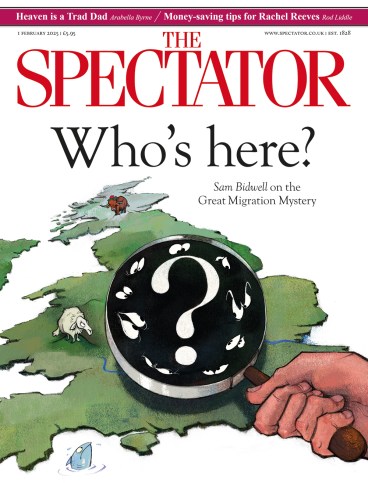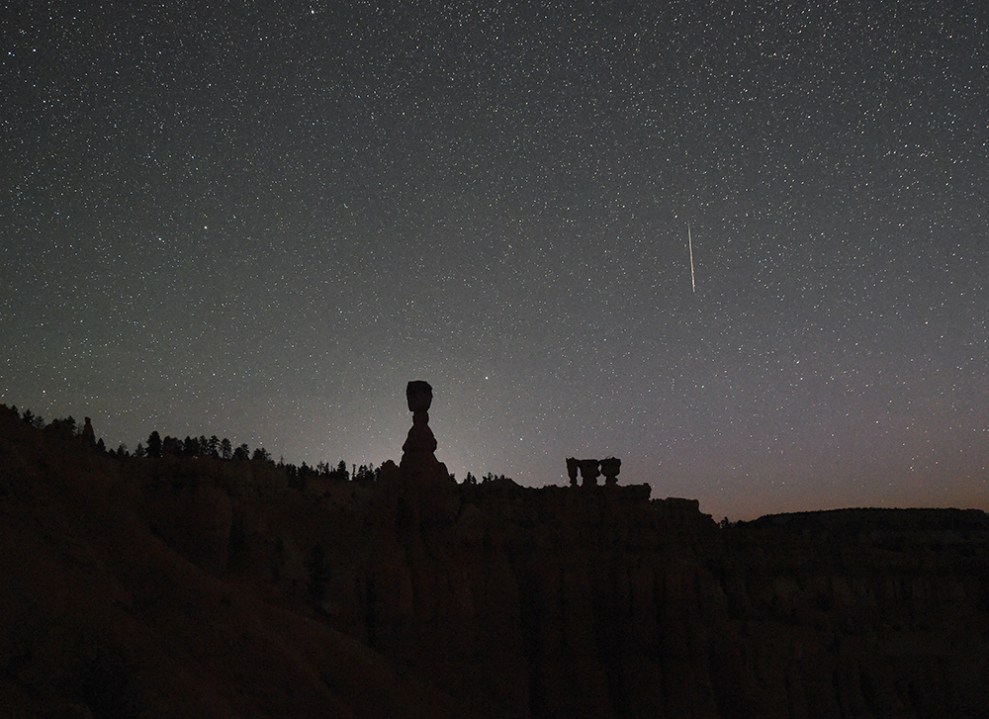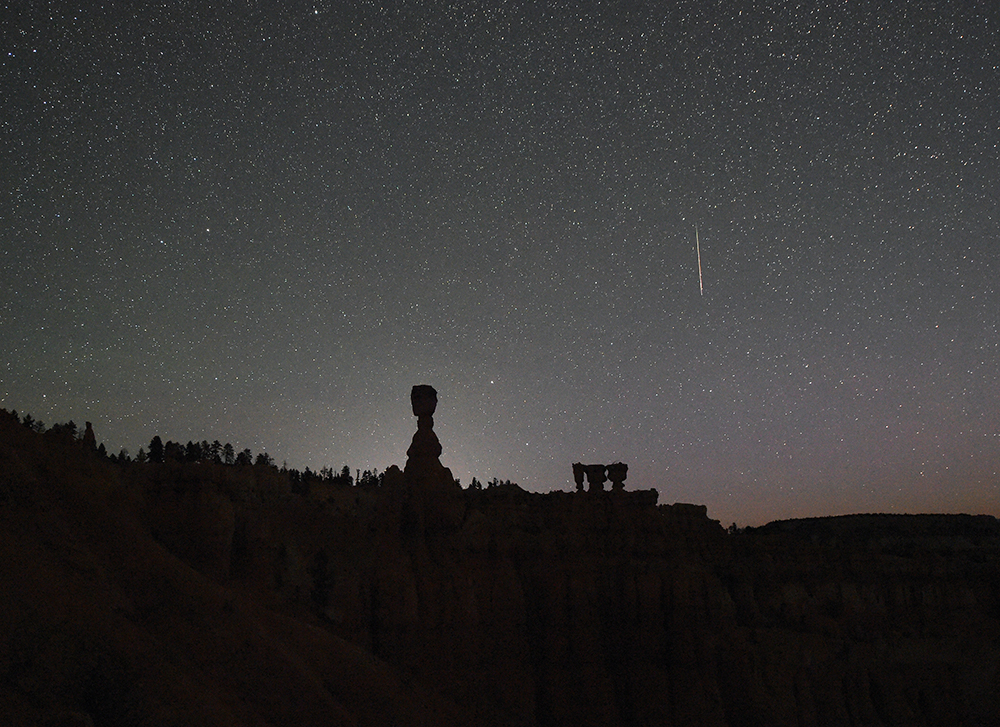
In the early 20th century, the world went ‘raving mad on the subject of radium’, according to George Bernard Shaw. The newly discovered element was considered a miracle cure, used to treat about 150 medical complaints. And it was fashionable: society ladies drank afternoon tea in rooms filled with radium vapours, and cosmetic companies developed hair tonics, face lotions and anti-wrinkle creams, all claiming to contain the element. Doramad toothpaste even boasted: ‘Your teeth will shine with radioactive brilliance.’
Of course, the discovery had its down sides. One American tycoon drank so much of the tonic Radithor that his bones began to disintegrate. Then the scientist who discovered the element, Marie Curie, died from aplastic pernicious anaemia brought on by radiation exposure. The only reason why there were not more deaths was the cost of producing radium. Most of the products marketed with the element contained no such thing.
The radium craze shows the human capacity to place faith in the material world. From medieval alchemists to modern collectors of healing crystals, people have believed that certain elements possess enchanted properties. The fact that these minerals emerge from the warm heart of the Earth, or even fall from the stars in meteorites, makes such arguments even more seductive.
In Under a Metal Sky, Philip Marsden traces his own fascination with the materials that make up this planet. As a child, he spent many happy hours looking for rocks that held sparkling stones or ancient ammonites, hinting that ‘another world lay hidden inside this one’. Now he travels east from his home in Cornwall, visiting the peat bogs of the Netherlands, the silver deposits of the Harz mountains, Czech spas offering radon-gas treatments and an Austrian copper mine, before ending his journey in the gold-filled mountains of Georgia. Along the way, he meets former miners, amateur archaeologists, dispossessed aristocrats and potholing enthusiasts, who all share his deep interest in the world beneath their feet.
The book is filled with gem-like facts. In the early 19th century, Cornwall produced half the world’s tin and two-thirds of its copper. Peatlands hold twice as much carbon as all the world’s forests combined. The plunder of silver from the New World introduced the first price inflation to Europe in the 15th and 16th centuries. Nineteen objects made from meteoric iron were found in the tomb of Tutankhamun. Three-quarters of Isaac Newton’s entire oeuvre is made up of alchemical and occult writing. An ounce of gold can be flattened to a sheet ten feet square and one thousand times thinner than newspaper.
But Under a Metal Sky is more than a collection of mineral trivia. Marsden also explores the literary, cultural and historic significance of these substances. He writes about Goethe, who was for many years the commissioner for mines in Weimar; and William Blake, whose ‘infernal method’ of printing involved dissolving copper plates with acid; and the Holy Roman Emperor Rudolf II, who funded workshops in Prague searching for the Philosopher’s Stone, as well as playing host to hermetic and alchemical philosophers.
Marsden’s early travel books traced hidden cultural and ethnic threads through the former Soviet Union. He went looking for traces of the Armenian diaspora or the religious sects that once lived on the fringes of the Russian empire. His latest work shares many of the same pleasures – pulling back the curtain on a little-known world, which connects obscure corners of antiquity to urgent issues of current affairs. But it also shares the patient, reflective tone of his more recent books, which blend nature writing, cultural criticism and fragments of memoir. In this case, the human relationship with the mineral world reveals much about ingenuity, greed and the ways we have exploited the environment.
However, the real pleasure of the book lies in the prose. Explaining how ochre was used to create the first artworks, Marsden writes: ‘Dirt was made precious, stones did tricks, rock became transcendent.’ Exploring one abandoned mine, he describes how ‘water and gravity continued their slow ministry, oxidisation its transformings’. Looking at the rocks that fill drawers in a pavilion of Goethe’s old townhouse, he observes: ‘One man’s gathering of the litter of cosmic process.’
Metals, crystals and precious stones – why do these inert objects exert such a pull on people’s imaginations? Without making any radium-style claims for their magical properties, Marsden is sensitive to the hope shared by so many that minerals can work magic. When visiting the treasures that Rudolf II collected over the course of his life, he writes: ‘All jewels were earthly versions of the flickering lights in the night sky… Beneath our feet, if we look closely, are shards of heaven.’








Comments